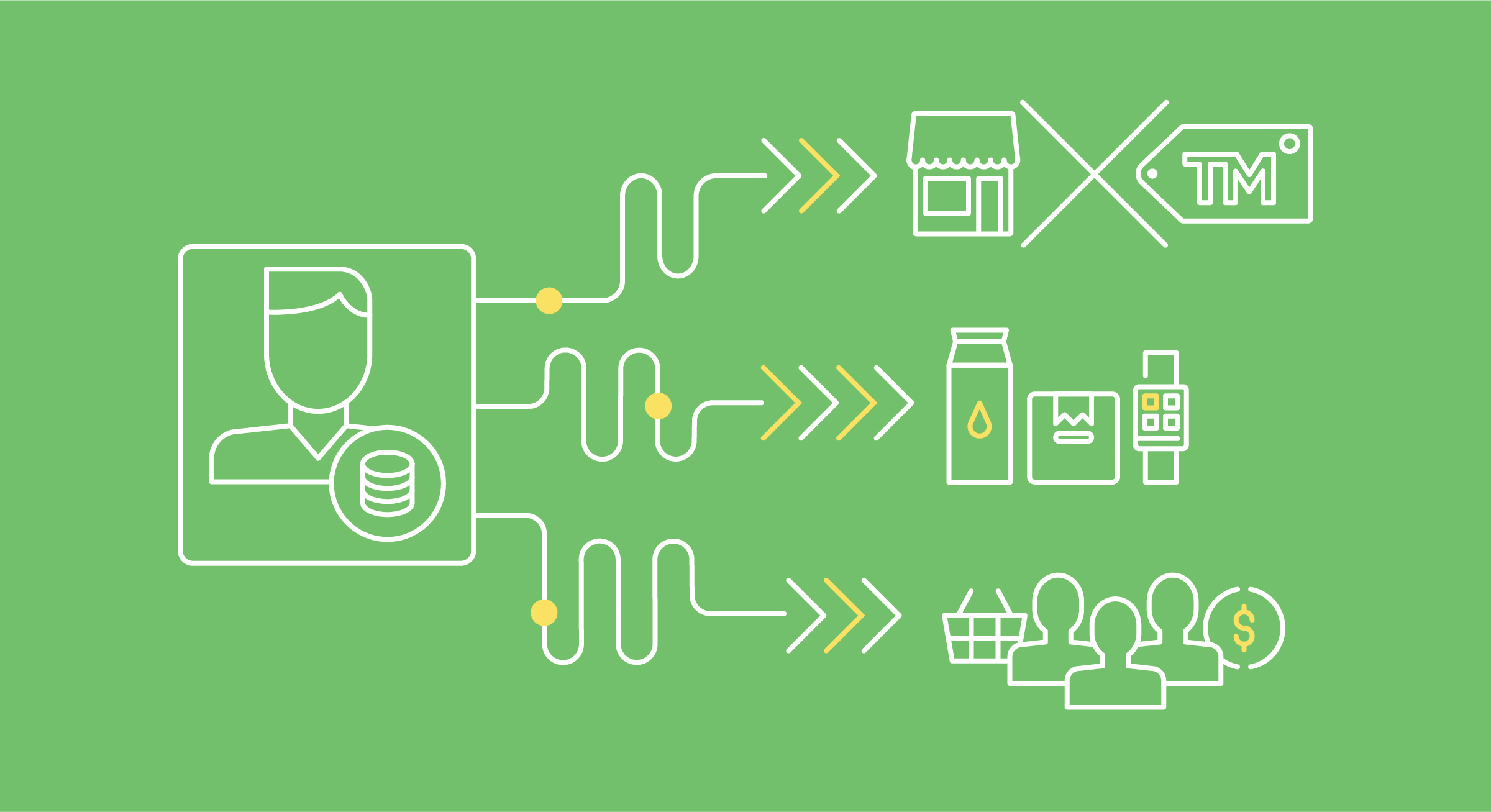Every brand knows that its own customer data, aka first-party data, is incredibly valuable when it comes to connecting with customers. But there’s a tendency to lean heavily into using this data just as a way to enhance media plays.
This is incredibly useful, but by no means the only way to draw value from first-party data. In fact, we regularly see brands using our platform to leverage data in many other innovative ways that benefit them and their customers.
In this blog we’re going to share a couple of these, with examples of how our customers put them into action. To protect the anonymity of our customers we’ve removed any names or identifying information.
1. Create new products based on other information in their profile
Product development is tough. Trying to figure out what your customer base wants is as much an art as it is a science, requiring an understanding of which products in your current range are performing well, what trends are shaping consumer desires, and what competitors are doing.
But there is another way to generate new product ideas, maybe even some that you wouldn’t encounter using traditional methods, by forming collaborative data partnerships.
Such partnerships allow businesses to understand the characteristics of your customers when they aren’t interacting with your brand, it is possible to identify new (potentially left-field) product creation opportunities. Of course, such collaboration must be done with the highest standards of security and privacy in mind, but the opportunities are large as the following applications demonstrate.
Customer Insight Drives Customer Experience
That’s what happened with a large dairy customer of ours. They found that by using our platform to compare shoppers buying their yoghurt with an average consumer, they were privy to insights and value they had never seen before. For instance, their consumers were five times more likely to buy organic products from other brands than the average consumer.
This prompted them to not only scope trials for new packaging design for existing products (resonating with this profile of customer) but also to investigate the possibility of creating their own organic products for consumer testing.
This was a customer segment that the brand previously hadn’t identified as having a high affinity for their yoghurts so had never actively targeted it before. Analytics allowed them to identify that doing so was a safe bet with less business risk than normal for building a new customer base.
With this kind of insight, not only can a brand then grow its market share, it can save money in the process.
2. Create strategic partnerships with other brands
These same insights in overlap can lead to fruitful partnerships with other brands.
Our platform makes it possible to identify the overlap in the venn diagram of brand affiliation, allowing brands to identify which other brands would make suitable partners. This has two implications:
- It allows each brand to understand if their customers are likely to have an affinity with the other brand. Once this is proven, each brand effectively has a lead list of potential customers for co-marketing, and with a higher chance of better response rates
- It allows the brands to work together to create complementary products and promotions
As an example of the latter, we’ve seen a data partnership work very well with a hotel chain and an airline. By forming a data alliance, they’re able to pass on information that will make a more valuable experience for both the customers and the brands.
The airline is able to identify the difference between frequent business flyers and annual family holidaymakers, then deliver this insight to the hotel chain. This means the hotel chain knows how to treat these customers, giving them a more personalised experience.This personalisation of course benefits the end customer too.
Finally, this ability to understand the overlap and affinity between groups of customers from different businesses has been of interest to clients considering mergers and acquisitions!
Smarter use of first-party data
Collaborating with first-party data to create a deeper customer view is going to become an invaluable tool in staying competitive with the walled gardens and with other competitors in the coming years. Partly as a media play, but not purely.
By using a platform that allows you to intelligently analyse and collaborate with their data, as well as model against it, you can draw vast amounts of value from your first-party data and the first-party data of your partners. But it requires the use of a platform that is privacy-compliant by design, where no directly identifiable personal information is shared between partners, and where each data owner has full control of where, when and how their data is used.
That’s why we created the LiveRamp Safe Haven platform. A platform built on trust, that allows brands to flourish on the open internet and deliver the best possible customer experience.
Find out how LiveRamp can help you unlock your first-party data value today.
